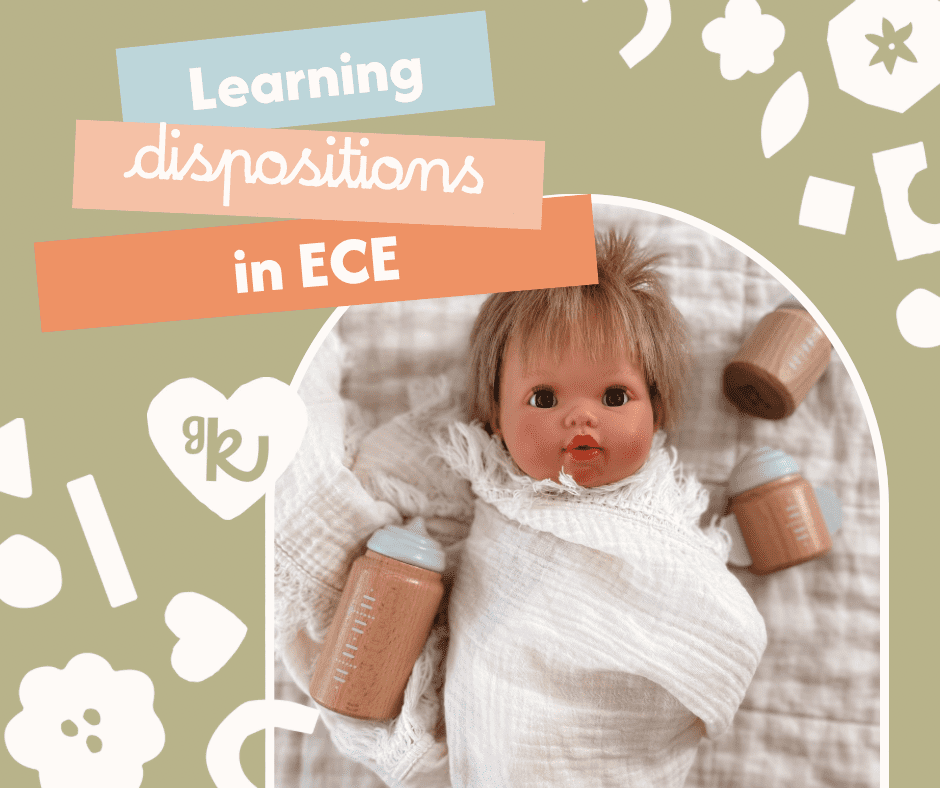How are dispositions formed?
Education should be less about transmitting knowledge, skills, and understanding, and more about developing the capacity and confidence to continue learning for life. At the heart of ‘lifelong learning’ are positive learning dispositions like resilience, playfulness, confidence, and curiosity. But how are these dispositions formed?
It’s the argument of nature vs nurture? Are children’s attitudes formed or are they born with them? A child’s learning begins prenatally, and he or she is not only ready to learn but are already actively learning from the moment they are born. The mind of a child is active and inquisitive from birth, and early thinking is insightful and complex. The foundations for sophisticated forms of learning, including attitudes towards learning, are laid in the earliest years of life. Although neuroscience research demonstrates that nothing is permanent, children’s dispositions are environmentally sensitive; meaning they are “acquired, supported, or weakened by interactive experiences in an environment with significant adults and peers” (Bertram & Pascal, 2002).
What are learning dispositions?
Its important to note that dispositions are NOT skills or knowledge. Though the word ‘disposition’ can be quite ambiguous, it points very usefully at a domain of human attributes that are clearly different from “knowledge, skill, and understanding” (Carr & Claxton, 2002)
Dispositions have been described as attitudes, or habits of the mind (Anderson, Costa & Kallick, 2009). In the Early Years Learning Framework, learning dispositions are described as ‘enduring habits of mind and actions, and tendencies to respond in characteristic ways to situations, for example, maintain an optimistic outlook, being willing to persevere approaching new experience with confidence’ (DET, 2019).
Dispositions not only affect the way an individual feels about themselves but also their approach to learning, consequently the outcome of learning. Therefore, it can be said that good teaching is not about rote learning content, but about providing our learners opportunities to practice and enhance their attitudes towards learning.
Here are 40 of the most common learning dispositions that can be strengthened in Early Childhood

Reflective Questions to ask yourself:
- Do you know when your kids are hesitant, unsure or don’t know what to do?
- Are you sure of what to say or do to get a more positive response from them?
- How confident are you that you can support and respond to kids more positively?
- Do you see any dispositions in your kids?
- Can you strengthen them or use them in another situation?
- Are there any practices that need to change to help and guide kids to develop positive attitudes?
- In addition to these, do you think there are other positive traits that are important?
- In your planning and documentation, do you use your observations and thoughts about dispositions?
- What can you do to develop positive dispositions in your environment?
- Can you explain to parents the value of positive dispositions and children ‘learning how to learn’?
- Would this help you prepare children for the transition to school?
Reference List
Department of Education and Training. (2019, March 6). Belonging, being and becoming: The early years learning framework for Australia. Department of Education, Skills and Employment https://www.dese.gov.au/download/775/belonging-being-becoming-early-years-learning-framework-australia/18161/document/pdf
Carr, Margaret &
Claxton, Guy. (2002). Tracking the Development of Learning Dispositions. Assessment in Education: Principles, Policy & Practice. 9. 9-37. 10.1080/09695940220119148.
Bertram, T., & C. Pascal. 2002.
What counts in early learning. In Contemporary perspectives in early childhood curriculum, eds. O.N. Saracho & B. Spodek, 241–56. Greenwich, CT: Information Age.
Anderson, J., Costa, A. and Kallick, B. (2009) Habits Of Mind: A Journey Of Continuous Growth.




One comment
Thanks for sharing your ideas